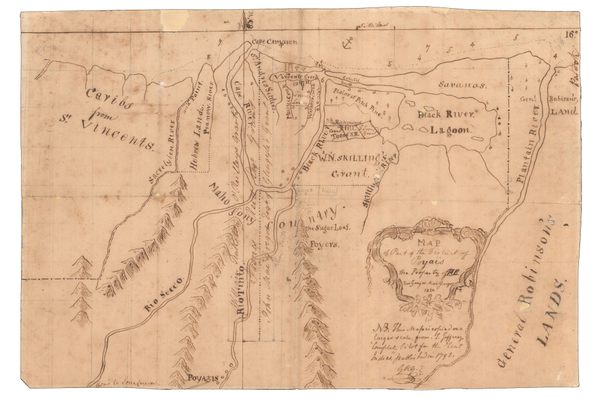Yes, It’s a Witch Bottle Hunt
And if you live in Britain, you might be able to help.

Back in 17th-century Britain, certain small containers had a big job. “Witch bottles” were ceramic jugs filled with a cocktail of curious ingredients, thought to protect against bewitchment. Today, a team of historians and archaeologists are on a witch hunt of their own to find more of these mysterious bottles.
The three-year project, Bottles Concealed and Revealed, centers around the phenomenon of bottle magic, which gained notoriety through texts such as Astrological Practice of Physick, published in 1671. The book offered a how-to guide for preparing a bottle that might protect its owner from the forces of witchcraft. Over the years, researchers have unearthed objects that appear to be witch bottles in all sorts of places—after a bit of digging.
“These items were deliberately concealed,” says Nigel Jeffries, a finds specialist at the Museum of London Archaeology. “Whilst they have been largely found in hearths or chimneys, [or] built under walls or floors, they have also been located close to watercourses and a host of other contexts.” Most of the bottles already known to researchers were dug up starting in the 1950s, usually during renovations of historic buildings and homes from the late medieval period. According to Jeffries, “they are always found alone.”

The stoneware vessels are generally recognized for their brown glaze and round, applied medallions. And their existence also indicates a specific era in global trade. “They were made in large quantities in Frechen, close to the city of Cologne in the Rhineland,” says Jeffries. Researchers have found various ingredients inside these jugs: pins and nails (“which are bent as part of the preparation”), nail clippings, cloth hearts, thorns, and urine. Such items would have been added as a “prepared cure” to the bottle before its ceremonial burial in a churchyard or riverbank, and are “thought to have been instruments of counter magic,” says Jeffries.
While most historians have chalked all this potion-making and bottle-hiding up to standard superstitious practices (particularly in response to witch trials that were happening in London at the time), the Bottles Concealed and Revealed project is more concerned with tracking down bottles to explore the history of the rituals behind them. “We need to try and understand these bottles as they would have been viewed at the time: as legitimate medically and scientifically grounded cures for particular manifestations of witchcraft,” explains Jeffries. “The role that traveling cunning folk, physicians, astrologers, and the healers of the day played in how the practice was administered, spread, and communicated needs to be better emphasized.”
In 2008, MOLA excavated a witch bottle found hidden beneath the brick floor of Holywell Priory, an 18th-century home near Shoreditch High Street in London (this style of witch bottle is generally found in South and East London, though colonial-era American variations made of glass have been uncovered as well.) So far, Jeffries, along with two collaborators from the University of Hertfordshire, have collected 120 examples of these 17th-century stonewares with help from the public. As the team continues their search, they are encouraging citizens who discover witch bottles to report them, but leave them exactly as they are found, since the careful placement of these charms played such a large role in their application.














Follow us on Twitter to get the latest on the world's hidden wonders.
Like us on Facebook to get the latest on the world's hidden wonders.
Follow us on Twitter Like us on Facebook